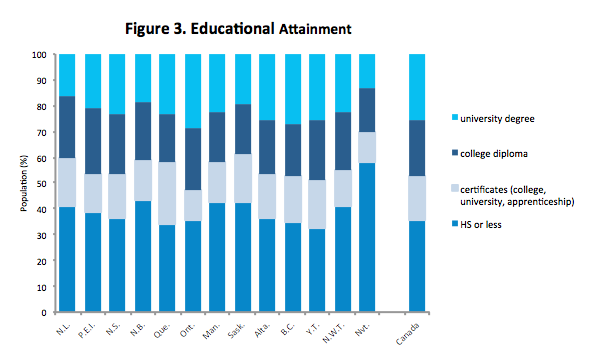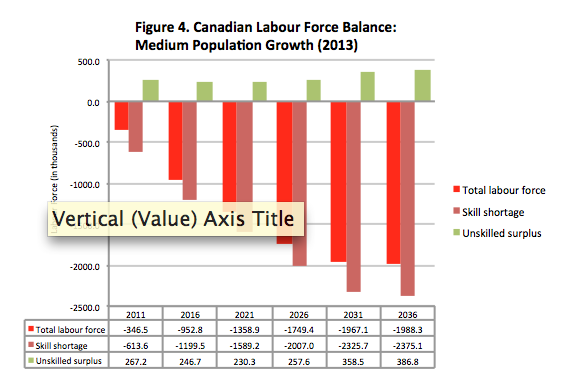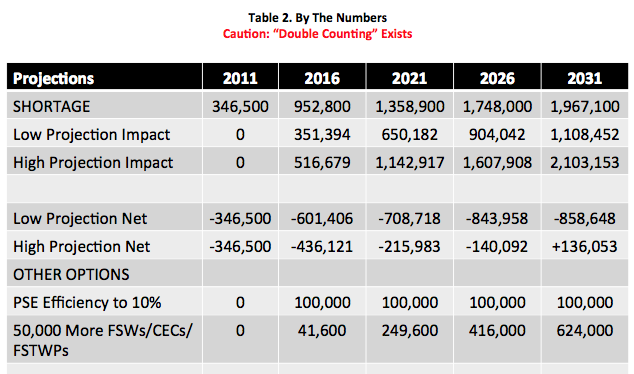C21 Canada – Guest Blog
Jade Ballek, Learning Consultant for Sun West School Division
 Sun West School Division in rural Saskatchewan has embraced the seven guiding principles of C21’s vision for Canadian public education through the adoption of a Board Policy centred on the 21st Century Competencies. C21’s nationally recognized framework forms the foundation of Sun West’s belief that “students need to be competent in literacy, numeracy and science. Today’s knowledge and digital reality means that changes occur at an astronomical rate. This reality requires our students and staff to have additional competencies and skills.” –Sun West Board Policy 18
Sun West School Division in rural Saskatchewan has embraced the seven guiding principles of C21’s vision for Canadian public education through the adoption of a Board Policy centred on the 21st Century Competencies. C21’s nationally recognized framework forms the foundation of Sun West’s belief that “students need to be competent in literacy, numeracy and science. Today’s knowledge and digital reality means that changes occur at an astronomical rate. This reality requires our students and staff to have additional competencies and skills.” –Sun West Board Policy 18
Policy 18 solidifies Sun West’s commitment to teaching and learning in the digital age. And as we work to ensure our rural students have equal opportunities to high quality instruction, Sun West continues to put in place a number of initiatives to move our Division forward on this promise.
21st Century Competency Workshops –
Professional development for all educators around the competencies continues to be a priority. Throughout the 2013-14 school year, 100% of Sun West teachers are currently participating in four half-day workshops focusing on deepening their understanding of two of the seven competencies: critical thinking and collaboration. While none of the competencies are new in education, what is different is how educators develop these skills in their students. As such, computer and digital technologies have been threaded into classroom practice to better prepare students for the reality of living in a digital age.
Facilitated by regionally-based Learning Coaches, the workshops have been designed to allow educators to explore research-based teaching practices and reflect on what it means to be a 21st century educator. Online supports are provided as well as a Sun West 21St Century Competency Learning Guide and corresponding Workbook.
Sun West supports professional collaboration in a variety of ways. Teachers meet face-to-face in small school-based groups, virtually using online meeting software, and asynchronously through collaborative online workspaces such as Google Docs and SkyDrive. The 21st Century Competency workshops will culminate with the sharing of classroom experiences through the creation of individual artifacts. These artifacts will be collected and published in an iBook format so that we can celebrate our successes and inspire further growth.
21st Century Educator Role –
Additional release time has also been granted in each school to allow one educator to delve more deeply into the competencies. Through this newly created 21st Century Educator role, these teachers focus on the pedagogy behind the competencies through a series of online modules. Throughout the year, these educators discuss and share ideas asynchronously in an online forum, and reflect on their own learning journey through professional blogs. By exploring various topics related to the competencies, the 21st Century Educators transfer their learning to the classroom. Inquiry learning, project-based and problem-based learning, and active learning opportunities provide students with opportunities to develop skills needed to better prepare them for a changing future.
Online Learning and Partnerships –
Providing equitable learning opportunities for rural students is also a priority for Sun West. The Sun West Distance Learning Centre has been a pivotal part of this success as students can now access over 100 online courses to meet their individual needs. By developing partnerships with universities and colleges, students in Sun West now have access to learning opportunities that enable them to earn dual credits at both the high school level and post-secondary level. A partnership with the University of Saskatchewan’s Edwards School of Business is just one example of how Sun West students are benefitting from the shift in focus throughout the Division.
Undoubtedly, the C21 framework has allowed Sun West School Division to support the competencies in our planning and thereby put our learners in the lead. The guiding principles of the Shifting Minds paper form a foundational piece of our Division’s vision for teaching and learning. Our national focus has ensured that what we are doing in Sun West connects with what is happening across Canada in terms of public education.
It is indeed an exciting time to be an educator!
Jade Ballek received her Masters in Educational Design and Technology from the University of Saskatchewan and has worked in education for over 20 years as a classroom teacher, Lead technology teacher, and Learning Coach. She currently works as a Learning Consultant with the Sun West School Division.










